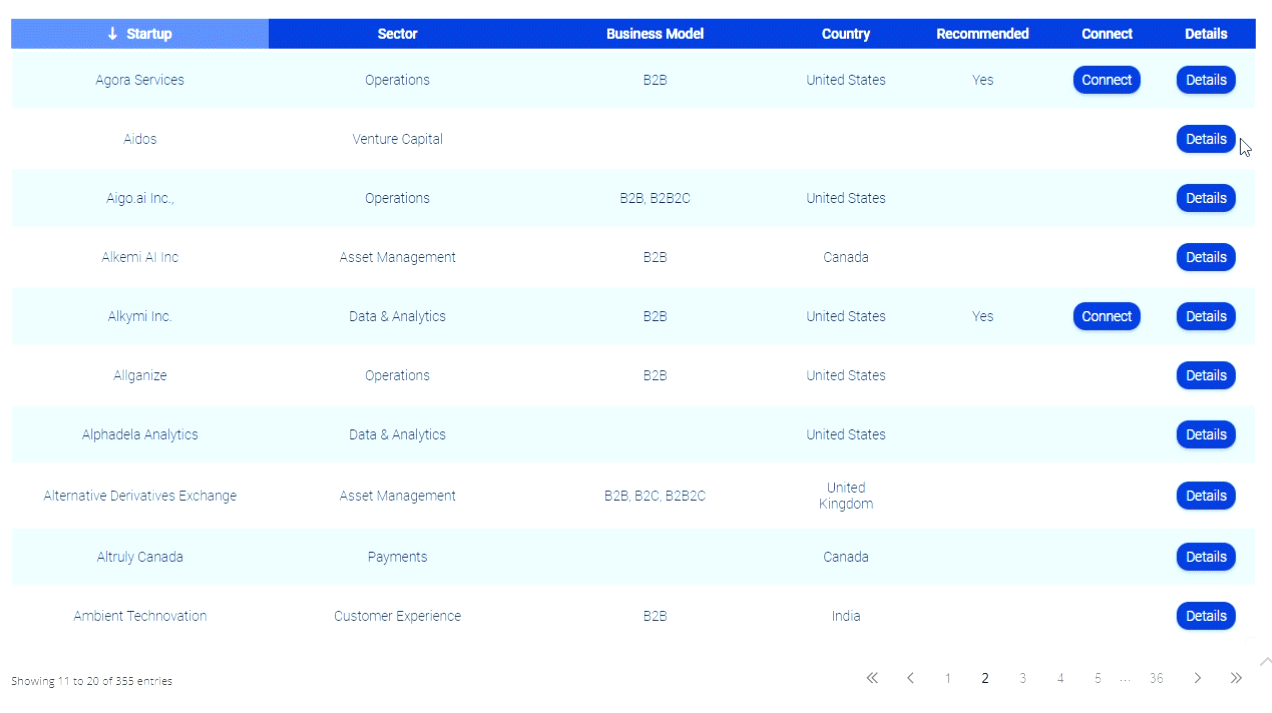What’s Next in Digital Finance?
We’ve been doing digital banking for a while now, right? For over twenty years online banking has existed as a service, so what’s the big deal and why is this now “a thing”? Well recent years have seen an explosion of new offerings and angles such that the term digital banking is no longer suitable – digital finance or financial services technology are now more appropriate.
What’s Changed?
Online banking began as a side show. This was a novelty that a small fraction of the customer base used a fraction of the time. It really wasn’t that relevant to the overall customer experience. Online banking remained an adjunct to branch banking through the late 90’s and into the 00’s. At some point in the last seven years or so things changed:
- Online volumes and customer penetration increased dramatically
- Mobile happened
- Somehow (seemingly overnight) digital became the primary channel
- Digital became a key part of customer experience
Current State
Digitization has been on every bank’s priority list for the last few years. Both active and reactive responses have brought about new innovations such as mobile deposits, mobile wallets, and even branch-less banks. Customers expect these innovations and if their bank isn’t keeping pace, there seems to be little hesitation to switch to a bank that is. Banker’s hours are a thing of the past, with banks offering multiple channels so that customers can do their banking 24/7 and from anywhere that they please.
Today, customers complete majority of their transactions online and often through a mobile or tablet device. Customers become more tech savvy and more demanding with every innovation that arises. In today’s fast-paced landscape, it doesn’t take long for today’s innovation to seem like yesterday’s old news – as a device-dependent society, we experience these new technologies, adapt to them, and then expect them from everyone.
What’s Next
The digital revolution has not really made it into the mid-sized business and corporate banking space. Most banks have a more antiquated platform for their (often highest value) corporate banking customers. The big evolution in this space has been that businesses no longer need to go to the bank; bankers are now coming to them. While I think there are many categories of things that are next in digital finance, one lagging area which will likely move next is the evolution of digital business banking.
Of course, the digital business banking landscape comes with more hurdles to cross than retail banking. In retail banking, individual customers are mainly accessing their accounts to process transactions, check balances, and other tasks associated with day-to-day banking. In business banking, there is a greater need for security and more complexity around the types of services needed by each different type of business. For example, a sandwich shop with five locations may need some cash sweeping and pooling services – the same services that larger corporates use to manage their complex network of subsidiaries.
Organizations need functionality from their accounts to do more than just process transactions. Most retail mobile apps are well ahead of their corporate and business banking counterparts – this will change in the near future as competition ramps up and awareness and expectations change.
There are no dull moments in the digital finance space these days. Retail consumer banking has changed radically in the last few years and now we can expect to see a focus on the specific needs of corporate and business customers.













With mobile banking users worldwide expected to double to 1.8bn users in the next four years, the financial industry must evolve to accommodate the digital revolution. I agree that tech savvy customers expect immediate gratification through user-friendliness, intuitive interfaces, and various payment options. Therefore, modern banking is increasingly controlled by the customer and their expectations, so financial institutions must adapt. Unfortunately, several barriers to banking modernization exist; legacy technology, regulatory hurdles, and differing departmental goals slow progress. If financial institutions want to overcome these obstacles, continuity and communication between all sectors of the branch is essential. Banks don’t need the coolest technology; tools that align with consumer tendencies and their longing for customized banking will suffice.
The revolution goes beyond technology. The market, users (clients) and the professionals behind the institutions should initiate this change of paradigm. The time to deliver the basics is gone, but to pass to the next step many details involving several personas must be resolved.
What I have noticed in Brazil are institutions running behind competitors not to be left behind, but little innovation being seen in this regard.